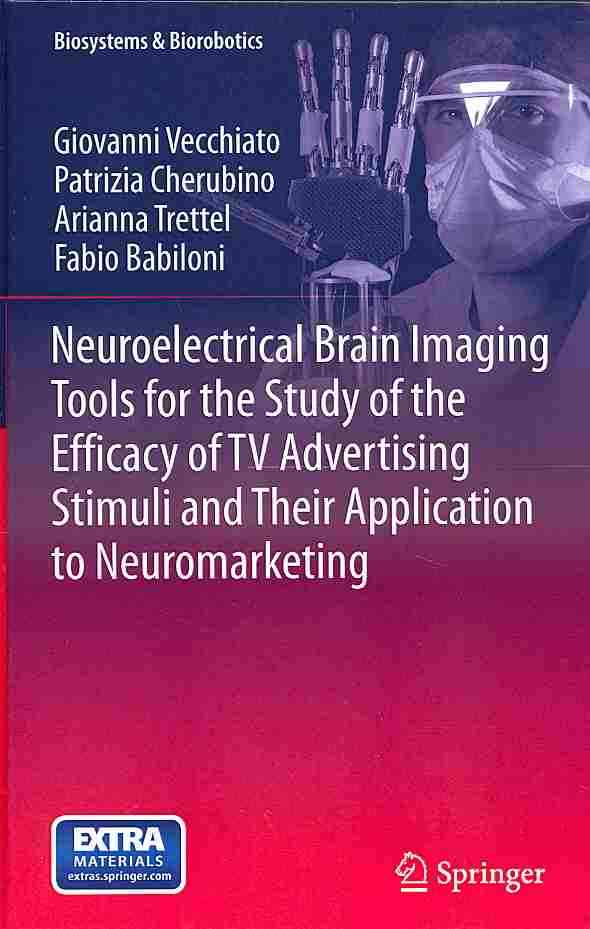NeuroBranding and Children: An fMRI Study of Neural Responses to Logos
NeuroBranding is used to build strong brands by investigating the effect of every element (color, package, product, technology, aesthetics, emotions triggered, sounds, website, etc.) on the neural activity of the consumers.
Branding and advertising have powerful effects on familiarity and preference and recently, the first study that investigated the neural responses of children to logos (Bruce AS, Bruce JM, Black WR, Lepping RJ, Henry JM, Cherry JB, Martin LE, Papa VB, Davis AM, Brooks WM, Savage CR (13 Dec 2012) Branding and a child’s brain: an fMRI study of neural responses to logos. Soc Cogn Affect Neurosci) was published.
Food promotion has a causal and direct effect on children’s food preferences, knowledge, and behavior, as they are attracted by food advertising, so the researchers decided to investigate their neural responses to food logos.
Earlier published neuromarketing studies conducted on healthy adults viewing logos have determined that:
- brand recognition activates dorsolateral prefrontal cortex (DL-PFC), ventromedial prefrontal cortex (VM-PFC), orbitofrontal cortex (OFC), anterior cingulate cortex (ACC), ventral striatum and hippocampus (e.g. McClure et al., 2004; Schaefer et al., 2006; Schaefer and Rotte, 2007a,b; Schaefer and Rotte, 2011; Esch et al., 2012).
- prefrontal cortex (PFC), orbito frontal cortex (OFC), anterior cingulate cortex (ACC), ventral striatum and hippocampus have also been identified as being involved in food motivation, reward processing and appetitive cues (e.g. Gautier et al., 2000; Small et al., 2001; DelParigi et al., 2005; Simmons et al., 2005; Martin et al., 2010).
Results of this recent study on children showed that food logos were associated with increased activation in orbitofrontal cortex (OFC) and inferior prefrontal cortex (IPFC). Compared to non-food logos, food logos elicited increased activation in posterior cingulate cortex (PCC). Results confirmed that food logos activate some brain regions in children known to be associated with motivation. As the authors state, considering the pervasiveness of advertising, research should further investigate how children respond at the neural level to marketing.
Additional note: The protocols for the pilot validation study and the main fMRI study were approved by the Human Subjects Committee at the University of Kansas Medical Center (KUMC). Written informed consent was obtained from each child’s parent/legal guardian and written informed assent was obtained from each child before study participation. Data were acquired with a 3-Tesla Siemens Allegra scanner.
Statistics report that in 2008, more than 1.4 billion adults (20 and older) were overweight and out of these, over 200 million men and nearly 300 million women were obese. Also, 65% of the world’s population live in countries where overweight and obesity kills more people than underweight. As for the children, more than 40 million children under the age of 5 were overweight in 2010.
Knowing that obesity is preventable, this kind of research could help in developing healthy food campaigns for children in order to decrease the percent of future obese people.























[…] NeuroBranding and Children: An fMRI Study of Neural Responses to Logos (neurorelay.com) […]
[…] NeuroBranding and Children: An fMRI Study of Neural Responses to Logos (neurorelay.com) […]
[…] […]
[…] […]
[…] […]